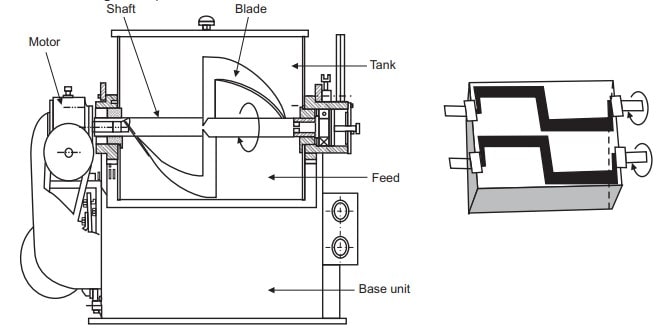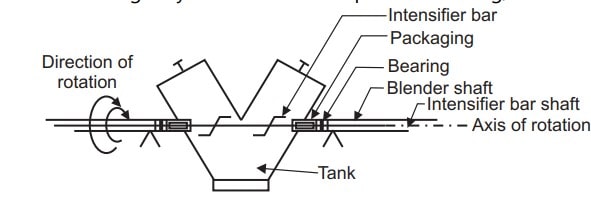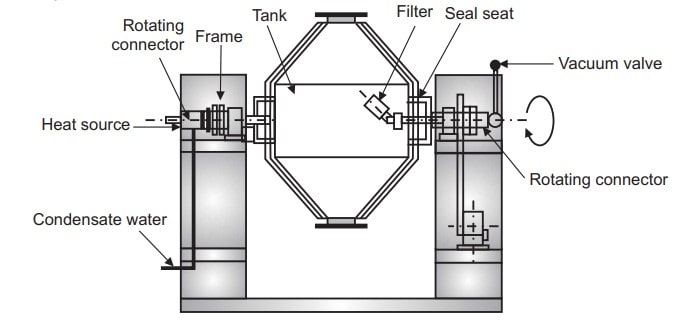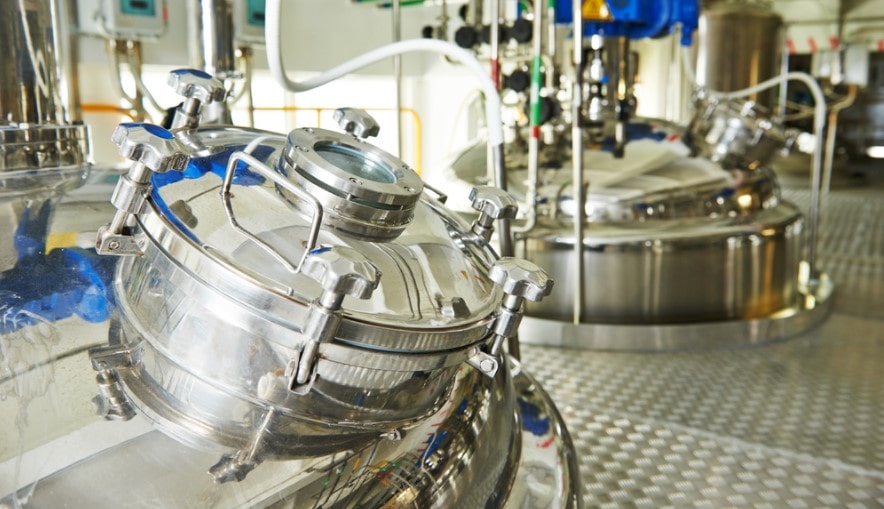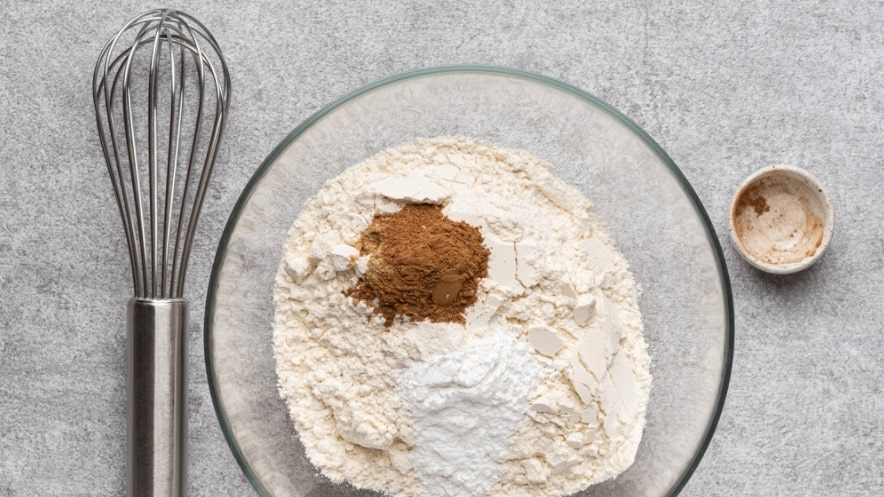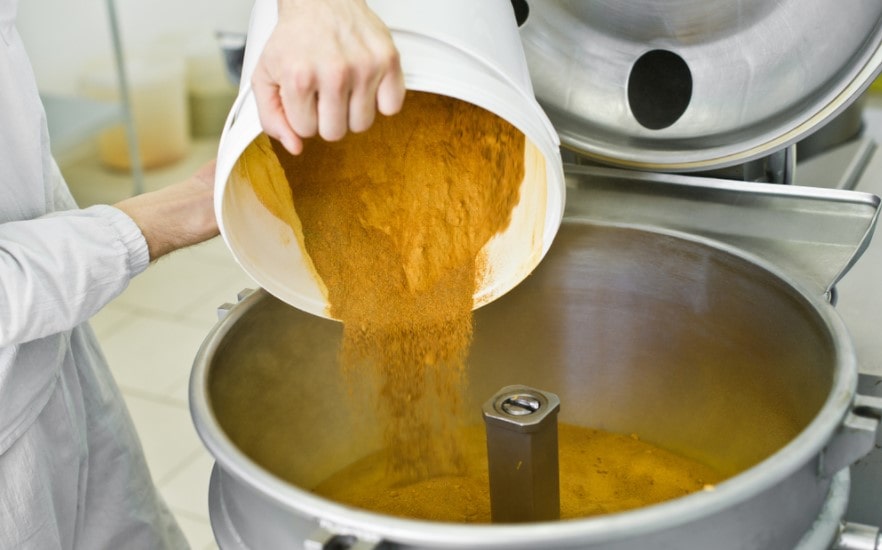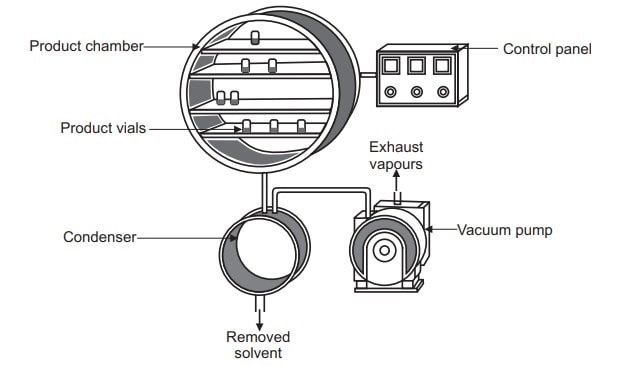Sigma Blade Mixer
The sigma blade mixer is one of the most popular mixers used for mixing and kneading high viscosity materials. It belongs to the family of double arm kneader mixers. It is a commonly used mixer for mixing high-viscosity materials. Principle of Sigma Blade Mixer The principle involved in these mixers, wherein very viscous materials are … Read more
